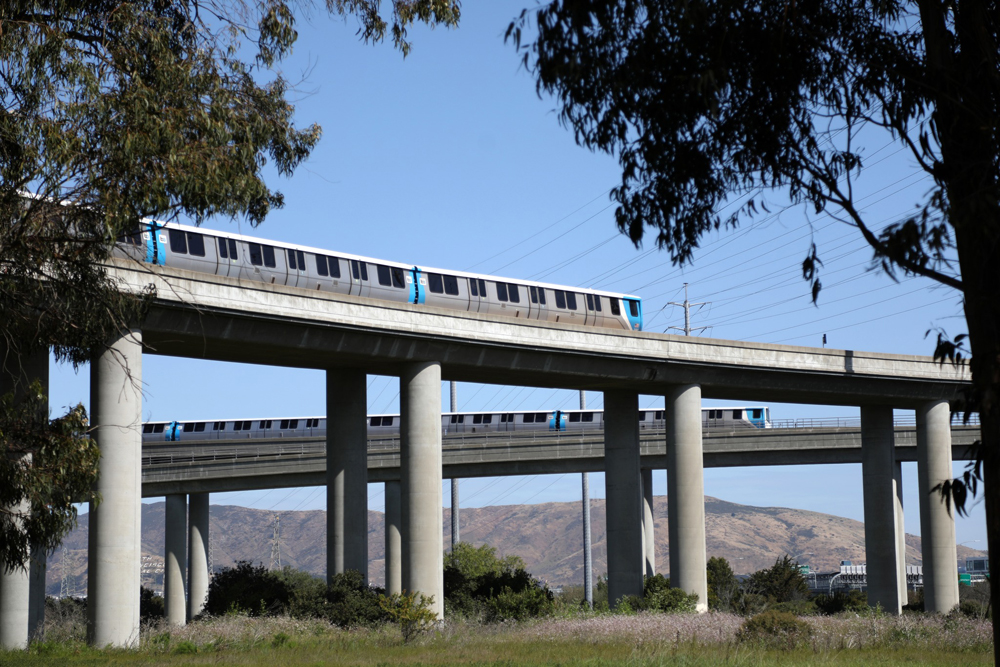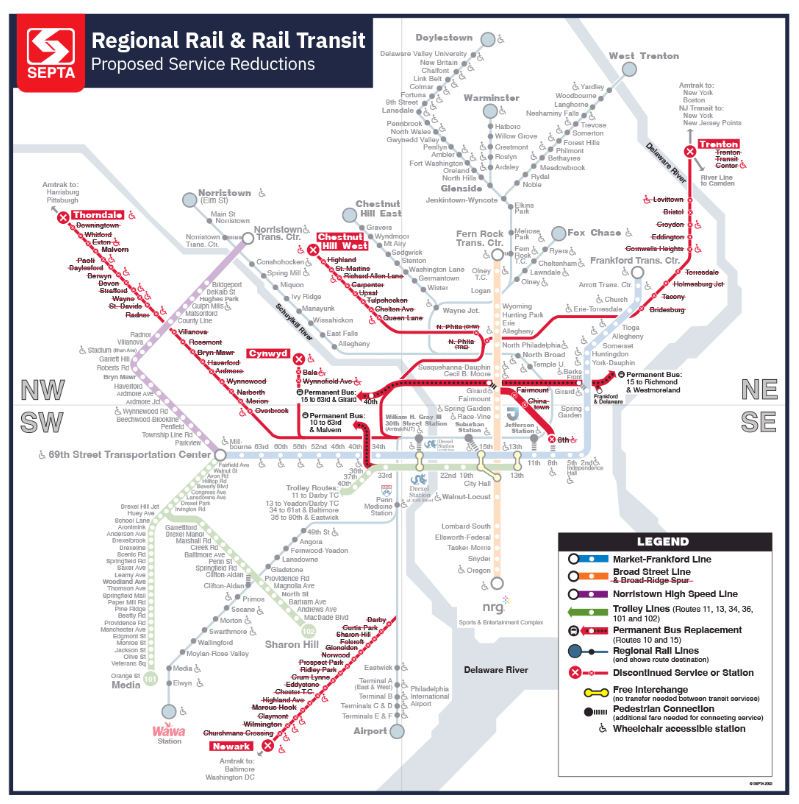
SACRAMENTO — California legislators have agreed to a deal that would provide more than $3 billion to aid state transit agencies such as Caltrain and Bay Area Rapid Transit that say they are facing a “fiscal cliff”as a result of low ridership since the COVID-19 pandemic, the San Jose Mercury News reports.
The deal would restore $2 billion in capital funding that was to be cut under Gov. Gavin Newsom’s budget plan, and allows agencies to divert $1.1 billion over the next three years from funds that were to be used toward zero-emission buses.
The plan would allow agencies to use those capital funds for immediate operating needs, even though State Sen. Scott Wiener (D-San Francisco) told KQED that move is “really bad policy … for two reasons.
“First, obviously, it prevents us from making all the capital improvements we need to have better and better transit,” Wiener said. “But even more important, if we use these capital funds for operations, we will forfeit billions of dollars of federal matching funds.”
The legislature is expected to pass the proposed agreement, and the rest of the fiscal 2023-24 budget, on Thursday, but Newsom has not indicated whether he will support the deal, the Mercury News reports, stressing the state’s overall budget issues. The state, heavily reliant on income tax from its wealthiest taxpayers, has goen from a $97.5 budget surplus this year to a projected $31.5 billion deficit.
BART has said a funding cut of 20% to 40% would mean service cuts of 65% to 85% because of high fixed costs to maintain its infrastructure. That could translate into moves as drastic as trains running just once an hour, an end to weekend service, and no service after 9 p.m., the agency says.














Of course local public transit never makes money and for all the reasons that privately owned transit systems be it either traction companies in the early 20th or the bus lines they replaced or rail lines all slid into bankruptcy and receivership as people bought cars and used them as well as the highways built to serve and transport the masses to their jobs in the city and also for pleasure activities like shopping, going to a show or a ballgame or just for a weekend drive. In NYC for example the private transit companies such as the IRT and the BRT as well as many other traction companies and bus companies were absorbed into a much bigger and city owned transit authority. The last major takeover occurred when in 2005 the last 7 private bus companies in NYC were taken over by the MTA. At hte time it was more cost effective for the city to run the services rather than giving out costly government subsidies to these companies to keep them in business. However as it has shown, public transit whether it be city bus, trolley or subway is not a money making proposition but rather a public service in the same way the local police, fire or emergency services aren’t a for profit venture either. The debate will always go on whether money is being wasted on keeping public transit operating regardless of low ridership or not. Transit is a public service for all and not everybody can afford to own, lease or are able to drive a car. We are always going to need some form of public transit that gets funded by the government be it local or federal.
Joseph C. Markfelder
Let’s go all the way sell off or lease out the nations Interstates to private contractors who will collect tolls to maintain their portion of the interstate including plowing, salting etc. rebuilding overpasses, any expansion or rebuilding needed. They charge whatever the market will bare in their segment thereby taking the Federal govt out of the role of financing (tapping the Treasury) for Hwys. States would still collect gas tax for state roads etc. Tolls roads would also make a more level playing field with the inevitable growth of electric vehicles. I can already hear the panicked responses to this! BUT!.. BUT!.. BUT!..
Hey what happened to newsomes high speed rail to nowhere in central california
rail gets money money money and its never enough like amtrak
In other words, transit (in a way, highways aso) is fiscally unsustainable. You can slice and dice it in any number of ways, but increasing costs and pension obligations can’t be supported by stagnant or declining patronage.
Sooner or later, Washington will wake up to the simple fact that local transit isn’t interstate transportation. There’s one reason and one reason only why the feds have been supporting local transit: states and cities have to raise taxes to cover their expenses. The federals don’t. The federals borrow money ad infinitum, or simply print it.
Borrowing money ad infinitum or simply printing it is completely sustainable, if you listen to people that know better. Does anyone in their right mind think the Feds are still paying interest on the first bonds issues 50 years ago to cover the first debt for deficit spending(caused by going off the Gold standard by the Republicans). Of course not, that $37 trillion dollar debt sign is completely bogus…it’s all on paper anyways, there’s no real money involved and we could sustain doing this until the world ends.
As for funding transit from the Feds, that’s part of the Federal governments responsibility, providing funds to the states…what the states do with that money is another issue.
As for the particular problem here, this actually has nothing to do with pension obligations at all. It does have to do with infrastructure costs as well as the fact that a lot of money is wasted on multilingual requirements in various state agencies. Just how many millions are wasted printing out the CA Drivers Handbook in over 2 dozen languages? You want multiple languages, but it online, libraries are free to use, if people need it in a foreign language they can go to the library and study it.
I’m pretty sure I could easily find $31 billion dollars in other BS to eliminate from the CA State budget to not have to cut transit funding or other more important items…and still keep the progressives happy.